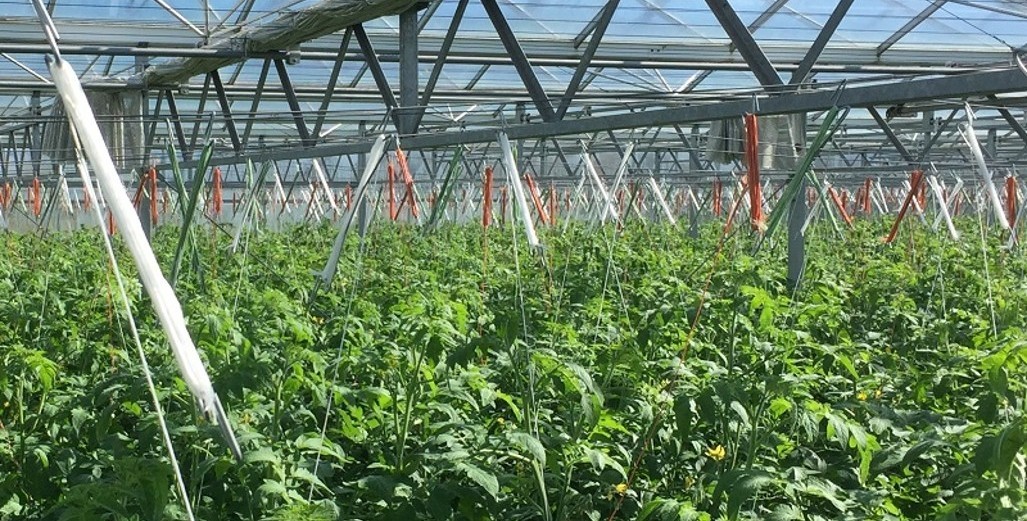Sign up here to subscribe to the Grower2grower Ezine. Every two weeks you will receive new articles, specific to the protected cropping industry, informing you of industry news and events straight to your inbox.
Aug 2019
Technical: Increase Stems per m2

Summer Density – That time of year again!
Tomatoes:
If you haven’t already, you should probably lift your winter density to summer density and selected your side shoots. With spring only days away day length will rapidly increase as should light intensity. Even though it is cold, and the rain has finally arrived by the bucket load, there is still more than acceptable light levels.
To be in a position to leave side shoots you do have to make sure your plant is powerful enough to grow a strong side shoot. I was very excited this week to see a plant, that had been pruned correctly throughout the winter, is already setting its second, and in some cases third, side shoot truss. The benefit, of taking the side shoot, means an increase in production in early October. The shoots are looking strong but if the plant shows any sign of struggle, with the increased stems and fruit per m2, we will simply prune harder. I would rather do this than drop the night time temperature, which we have good control over, with the current cool outside conditions. I am also very aware that prices for tomatoes is extremely good right now so dropping speed of production at this time is not an option!
The extra side shoots add a new dimension and will provide many positive outcomes. In my opinion an acceptable head density for a 55-65mm fruit, at this time of the year, is back to a planting density (for summer plantings) of 3.3 heads per m2, up from 2.2 heads per m2, the number that plants were reduced to in the winter for example.
Using different coloured strings makes it easy to identify what plants to add additional heads from. This is usually done for double or triple headed grafted plants to ensure when increasing density, you don’t mitigatingly add too many side shoots to the same block.
A very good question I was recently asked was “would it be better to go through the winter at 2.4 plants m2?” Simple answer, you possibly could but alternately if you pruned too hard or had excess power, then slightly increase the fruit per m2 instead next season. (Based on the numbers)
Another question, I am frequently asked, is ‘how many extra irrigation cycles should we increase to each day?’ I simply can’t answer that because it is my belief that you should use target figures with both your EC and WC, using your crop registration reports to determine those target figures. If you are not achieving the target figures it will quickly show up in the plant and the measurements. This is where the collection of all the necessary information is very important. Naturally your irrigation will need to be monitored carefully so you spot those sudden drops in water content and potential spike in EC. Now you have extra stems and leaf area this will alter WC and EC so having sensors to monitor this is an advantage.
In summary, there are different factors for consideration when deciding the right time to increase plant density. Crop registration numbers, as well as the plants physical appearance is important. There is an element of the ‘grower feel’. I think after 25 years in this industry you just know. The trick is do it when the plant can handle it without restricting production.
I appreciate your comments. Please feel free to comment below or on the grower2grower Facebook page:
https://www.facebook.com/StefanGrower2grower/
Article Written by Stefan Vogrincic, Consultant, Grower2Grower
Article Edited by Marie Vogrincic, Editor, Grower2Grower
CLASSIFIED
Subscribe to our E-Zine
More
From This Category

High-tech spy gear to uncover the secrets of Bumble bees in Tasmania

Cherry Production in New Zealand – Mike Nichols

Signify helps Agtira to bring locally grown cucumber to Swedish market
Dimmable Philips LED top-lighting fixtures support maximum efficiency and better use of energy

Plant & Food Research welcomes changes to gene technology regulations


























